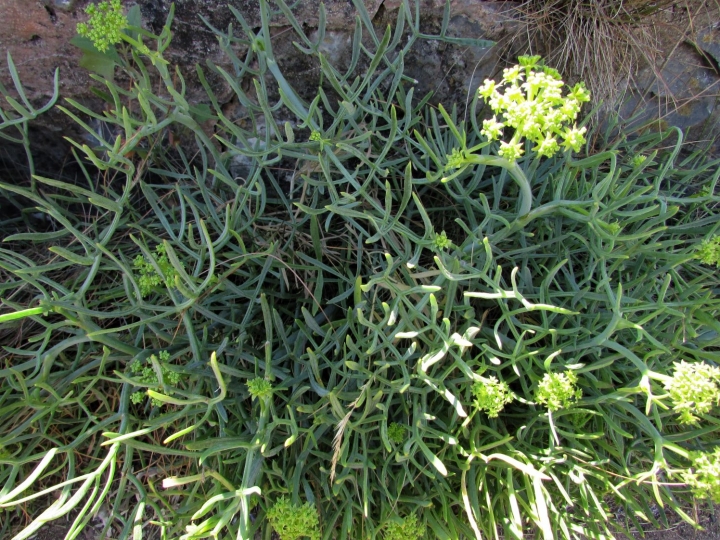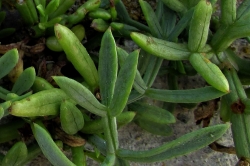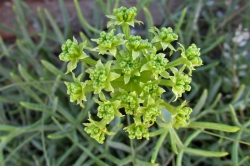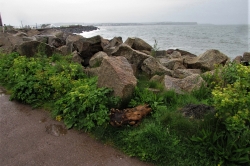Once a popular and highly regarded plant, Rock Samphire has now been taken over by Marsh Samphire which is in a different family and tastes completely different apart from the saltiness.
Rock Samphire is a bit of a Marmite plant, people love it or hate it.
Home / Hedgerow Guide /
Rock Samphire
Rock Samphire
| Hedgerow Type | |
| Common Names |
Rock Samphire, Sea fennel, Sea Asparagus, Crest Marine |
| Scientific Name |
Crithmum maritimum |
| Season Start |
May |
| Season End |
Oct |
Please note that each and every hedgerow item you come across may vary in appearance to these photos.
Habitat
Coastal on cliffs, sea defences, walls next to the sea and on the foreshore. It will grow inland if planted in light well drained soil.
Smell
Pungent, some say fennel like or slightly aniseedy others get the smell of creosote or oil.
Taste
Salty fennel or parsley or some say creosote.
Frequency
Common along the South and West coasts of England and Wales and South West Scotland.
Collecting
It can often be found at the base of cliffs or sea defences or rocks which is much easier and safer than trying to scale dangerous cliff faces. The leaves, flower buds and stems are the best parts, it is illegal to uproot any plant in the wild.
Other Facts
Rock Samphire was highly regarded in the past, unlike now, and was harvested from the Isle of Wight and sent to London in casks of sea water at the end of May.
Rock Samphire is high in vitamin C and was one of the plants used by sailors to ward off scurvy.



 (20 votes, average: 3.40 out of 5)
(20 votes, average: 3.40 out of 5)























